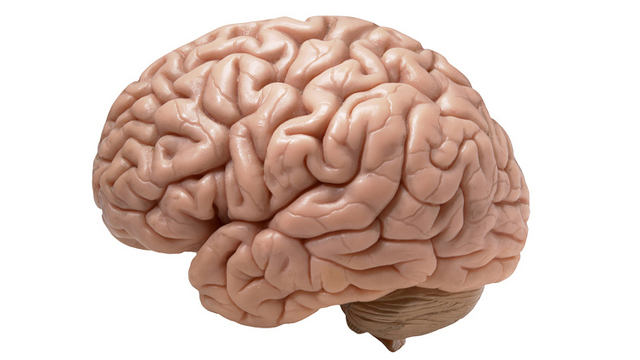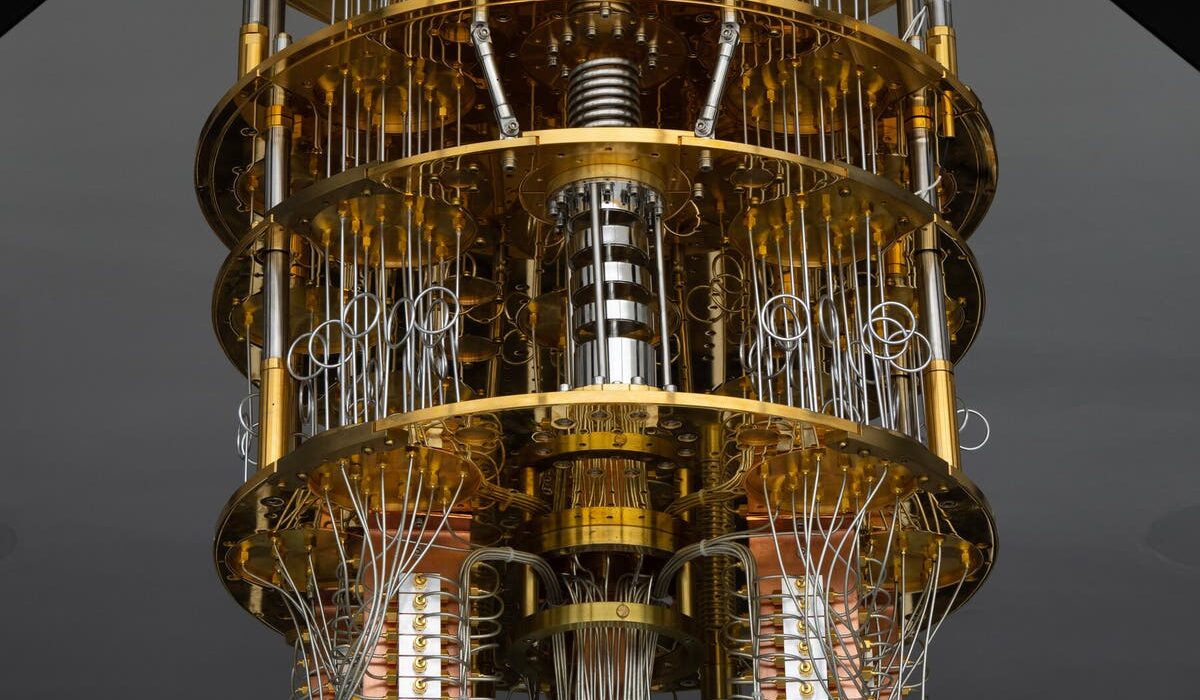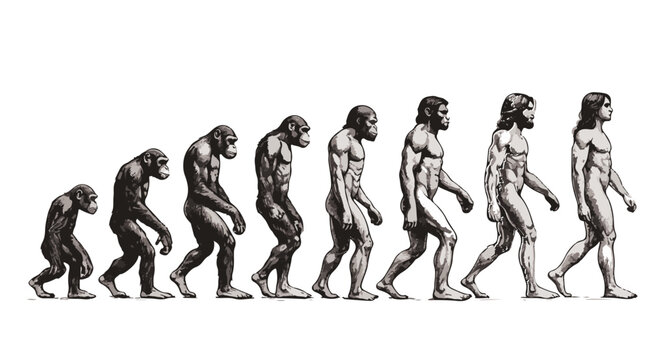The human brain is often described as the most complex structure in the known universe. Within its three-pound mass of tissue lies the seat of thought, memory, creativity, emotion, and consciousness. It orchestrates everything from our heartbeat to our imagination, guiding us through both the ordinary routines of daily life and the extraordinary realms of art, science, and philosophy.
To understand the human brain is to glimpse the very essence of what it means to be human. It is not just an organ—it is our story, our past, and our future. In this article, we will explore the 20 most important functions of the human brain, examining how this intricate biological masterpiece shapes our lives. Each function reveals not only the brain’s power but also its delicate balance, reminding us of how extraordinary our existence truly is.
1. Regulating Breathing
One of the brain’s most fundamental jobs is to keep us alive by controlling breathing. The brainstem, especially the medulla oblongata, monitors oxygen and carbon dioxide levels in the blood and automatically adjusts breathing rates. Even when we are asleep or unconscious, the brain ensures that each breath flows in and out without effort. This simple yet vital rhythm sustains every cell in the body, connecting the act of breathing to the very essence of life.
2. Controlling the Heartbeat
The brain also regulates the beating of the heart. Through the autonomic nervous system, signals from the medulla oblongata and hypothalamus control heart rate and blood pressure. Whether racing during fear or slowing during rest, the heartbeat responds to the brain’s commands, ensuring that oxygen-rich blood reaches every organ.
3. Processing Sensory Information
The brain is a master interpreter of the senses. Vision, hearing, taste, touch, and smell all converge in specialized areas of the brain, where raw signals are transformed into rich experiences. The occipital lobe processes light into shapes and colors; the temporal lobe converts vibrations into music and speech; the parietal lobe maps touch and spatial awareness. The brain is not a passive receiver—it actively constructs the world we experience.
4. Coordinating Movement
Every voluntary step, gesture, or dance begins in the brain. The motor cortex initiates movement, while the cerebellum fine-tunes coordination, balance, and precision. Even the simplest act, like reaching for a cup, involves complex communication between the brain and muscles. Without the brain’s control, movement would be clumsy and chaotic.
5. Memory Formation and Storage
Memory gives continuity to our lives, allowing us to learn, grow, and recognize the people we love. The hippocampus plays a central role in forming new memories, while the cortex stores them over time. Some memories last only seconds, while others endure for a lifetime. Memory is not a perfect recording but a living process, constantly shaped by new experiences and emotions.
6. Language and Communication
Language is one of humanity’s most remarkable abilities, and it depends entirely on the brain. Broca’s area in the frontal lobe helps us produce speech, while Wernicke’s area aids in understanding words. Together, these regions transform thoughts into words and words into meaning. Through language, the brain allows us to share stories, pass down knowledge, and connect deeply with others.
7. Emotional Regulation
The brain does not simply think—it feels. The limbic system, including the amygdala, processes emotions such as fear, joy, anger, and love. Emotions guide decisions, strengthen memories, and shape our relationships. The prefrontal cortex works to regulate these emotions, helping us control impulses and respond thoughtfully rather than reactively. Without this balance, life would be chaotic and overwhelming.
8. Decision-Making and Problem-Solving
Every choice, from what to eat for breakfast to how to navigate life’s biggest challenges, involves the brain’s decision-making centers. The prefrontal cortex evaluates options, considers risks, predicts outcomes, and makes judgments. This executive function is uniquely human in its complexity, allowing us to plan for the future, weigh morality, and solve abstract problems.
9. Regulating Sleep and Wake Cycles
The brain governs our circadian rhythms, the internal clock that tells us when to sleep and when to wake. The hypothalamus monitors light and darkness, signaling the release of hormones like melatonin. Sleep is not simply rest—it is an active process where the brain consolidates memories, repairs itself, and maintains mental health. Without proper sleep regulation, both body and mind deteriorate.
10. Learning and Adaptation
The brain is an adaptive organ, constantly rewiring itself in response to new experiences. This ability, known as neuroplasticity, allows us to learn skills, adapt to injuries, and even change habits. From childhood language acquisition to adult problem-solving, learning reflects the brain’s remarkable capacity for growth and transformation.
11. Maintaining Homeostasis
The brain’s hypothalamus acts as the body’s thermostat and regulator, maintaining homeostasis—balance within the body. It monitors temperature, hunger, thirst, and hormone levels, making adjustments to keep conditions stable. Without this regulation, survival would be impossible.
12. Creativity and Imagination
The human brain is not just practical—it is profoundly imaginative. Creativity arises from networks across the brain, blending memory, emotion, and reasoning into something new. Whether painting a masterpiece, writing poetry, or dreaming up scientific theories, imagination reflects the brain’s ability to transcend the present and envision possibilities beyond reality.
13. Social Behavior and Empathy
Humans are deeply social beings, and the brain enables us to navigate relationships. The prefrontal cortex, along with mirror neurons, helps us understand others’ perspectives, feel empathy, and predict social behavior. These functions allow for cooperation, compassion, and culture itself. Without the brain’s social intelligence, society as we know it could not exist.
14. Processing Pain and Pleasure
The brain interprets both suffering and joy. Pain signals travel through the spinal cord to the brain, where they are processed in the somatosensory cortex and emotional centers. At the same time, the brain’s reward system releases dopamine during pleasurable experiences, reinforcing behaviors that ensure survival. Together, pain and pleasure shape our actions and motivate us to seek well-being.
15. Self-Awareness
Perhaps the most mysterious function of the brain is self-awareness—the ability to reflect on our own existence. Unlike other animals, humans can contemplate the past, imagine the future, and ask “Who am I?” This awareness emerges from complex brain networks involving the prefrontal cortex and default mode network. It gives rise to consciousness and the profound sense of being.
16. Attention and Focus
Amidst the chaos of sensory input, the brain has the remarkable ability to filter and focus. Attention systems in the parietal and frontal lobes allow us to concentrate on specific tasks while ignoring distractions. This selective focus is essential for learning, memory, and productivity. Without it, our thoughts would scatter endlessly.
17. Motor Skills and Dexterity
Fine motor control, such as writing, sewing, or playing a musical instrument, depends on the brain’s motor cortex and cerebellum. These regions coordinate small, precise muscle movements, turning thought into graceful action. Such dexterity is a hallmark of human evolution, allowing us to create tools, art, and technology.
18. Regulating Hormones
Through the hypothalamus and pituitary gland, the brain controls the release of hormones that govern growth, metabolism, reproduction, and stress responses. By regulating the endocrine system, the brain influences nearly every aspect of physical and emotional health.
19. Interpreting and Creating Music
Music is more than sound—it is emotion, memory, and rhythm woven together. The brain processes music through networks involving the auditory cortex, limbic system, and motor regions. Listening to music can evoke powerful emotions, while creating music engages creativity and coordination. This universal human experience underscores the brain’s capacity for art and expression.
20. Generating Dreams
During sleep, the brain does not rest—it dreams. Dreams emerge from activity in the limbic system and visual cortex, weaving memories, emotions, and imagination into vivid narratives. While the purpose of dreams remains debated, many scientists believe they help process emotions, consolidate memories, and inspire creativity. Dreams remind us that the brain is not just rational—it is profoundly mysterious.
Conclusion
The human brain is both a guardian of life and a creator of meaning. It keeps our hearts beating, our lungs breathing, and our bodies balanced. At the same time, it gives rise to language, art, love, morality, and imagination. Its functions span from the simplest reflex to the deepest questions of existence.
In exploring these twenty essential functions, we glimpse the extraordinary duality of the brain: practical and poetic, mechanical and mysterious. Though science continues to unravel its secrets, much about the brain remains unknown. And perhaps that is fitting—for the organ that studies the universe must also remain, in part, a universe unto itself.






